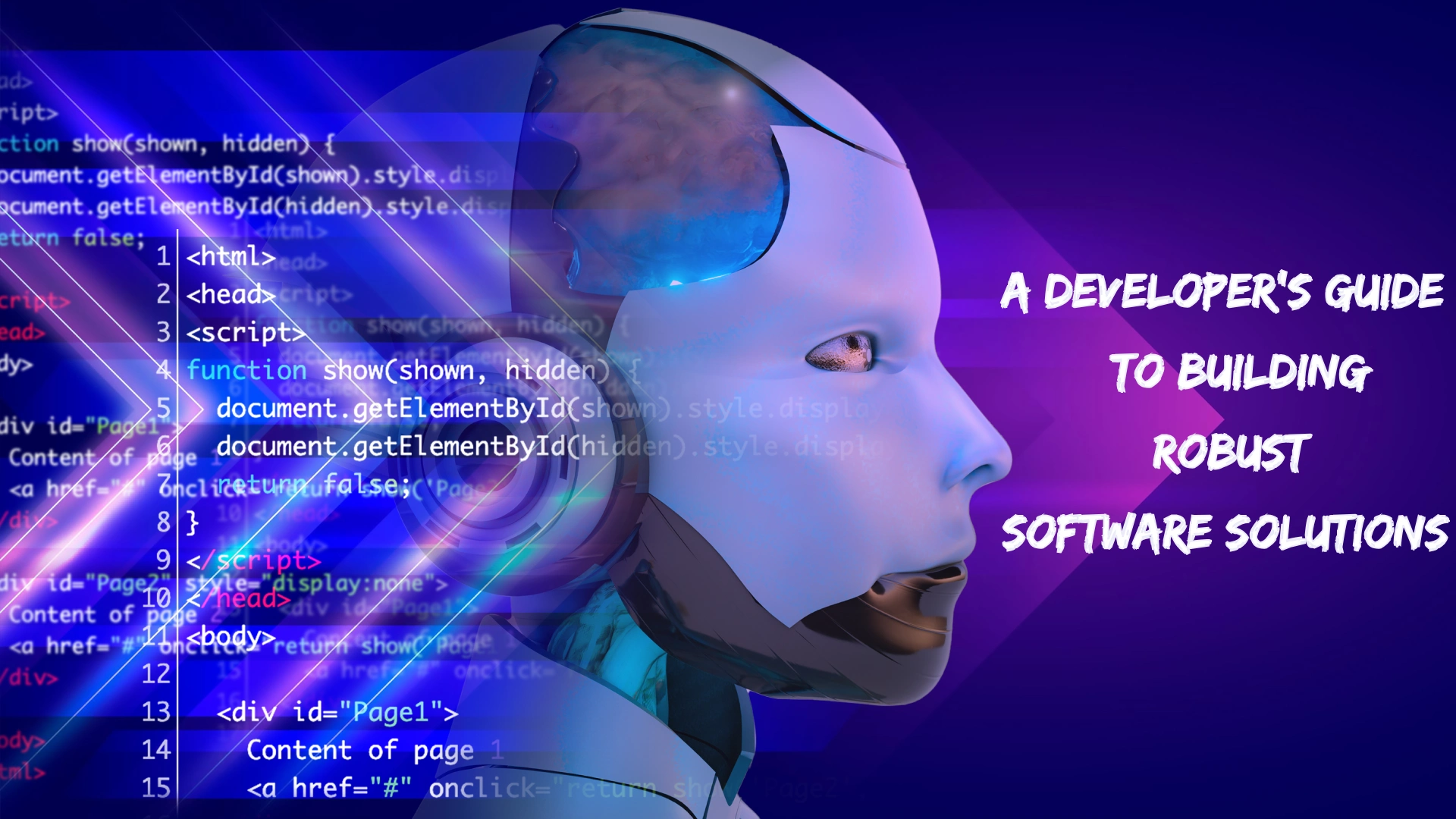
Table of Contents
Are you ever wished to create transformative software application that is always on and performs under pressure? Greetings codification enthusiast, the time has come to hit the well known ground running and transition from absolutely no knowledge to a bona fide developer! What this guide provides you is a solid understanding of how to think about and build software solutions that will be success over the long-term.
Robust Software Solutions – What is it?
Therefore, the idea that relates robust software to a bridge which can carry great pressure and many people without collapsing can be summarized as follows: In the software world, robustness translates to applications that are:
Reliable: They are quite reliable and can also be depended upon even when much pressure is being put on them.
Scalable: They can learn new ways and expand to meet needs and expectations as and when the need arises.
Secure: It encrypts and hides information and leaves the attacker out from accessing the programs.
Maintainable: Their code is also easy to enhance in the future because of its organizational structure.
Building Your Foundation

It is also important not to lose sight of the core principles:- first: necessity, second: price, third: quality, fourth: delivery time and fifth: sufficient stocks.
Solid Design Principles: This should be done in accordance with defined design patterns such as the OOP and the MVC for neat and easily manageable code.
Test-Driven Development (TDD): Before coding provide unit tests that will help to check whether the separate code segment behaves as planned. It is eager, gets bugs as soon as they appear, and does not let bugs sneak up and create more issues.
Version Control: Use such a system kind as Git to monitor the changes made to the code and solve conflicts with the other team members or return to the previous version if needed.
Static Code Analysis: Ensure you use tools to analyze your code in order to have a preview of any mistakes, or input that are likely to make your code insecure or contain flaws in delivery.
Beyond the Basics: I’ve learned throughout the course Residential Construction and Design, that constructing a building for resilience, means to construct a building for the worst that can be anticipated.
Error Handling and Logging: This can involve using try and catch blocks which make the application to continue running even when there is an error and log the error for later checking.
Input Validation: Parameterize and clean up the user inputs to be able to avoid SQL injection and other related risks.
Performance Optimization: Instrumentation of your application to determine the areas that have problems with the code to improve the usage and speed.
Security Best Practices: There you are informed about the existing security threats and is encouraged to adhere to the best practice coding rules to minimize the exposure of your software to an attack.
Continuous Improvement

The first best practices that look at the developer’s mindset are discussed in this section.
Embrace Learning: This we can conclude that the evolution of the software is cyclical. Spend hours regularly on your continued discovery of the architectures, technologies, frameworks, and good practices.
Refactoring: Inspect your code periodically to find out areas to optimize, and make your code more comprehensible.
Conclusion
As one can deduce, constructing enduring software systems is a process that is recurrent in nature. Here these fundamental principles are to be outlined and with the right attitude, one learns to develop into a software hero who comes up with applications that will endure the test of time. I must ensure you that being a master developer takes time and effort, passion, and willingness to learn and to be better than you were yesterday. Therefore, let the coding begin today and welcome the future filled with innovative problems that need to be solved.




